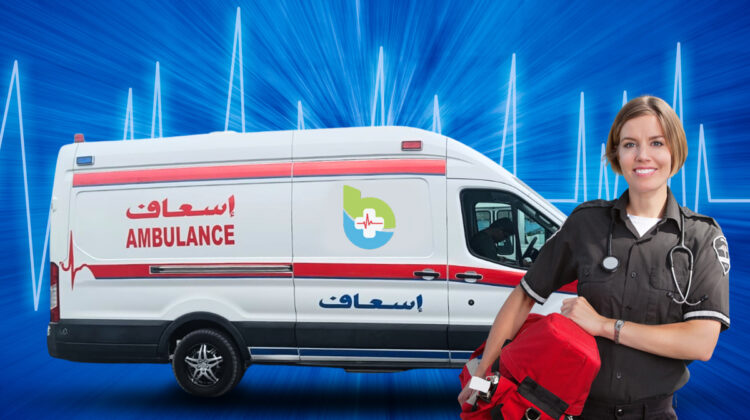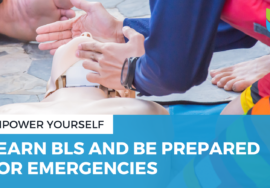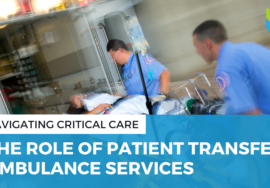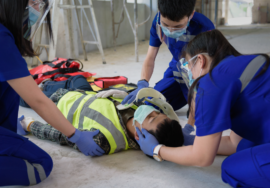
Emergency Medical Response: How Ambulance Teams Save Lives
Introduction: In times of crisis, when every second counts, ambulance teams are the unsung heroes of healthcare. They are the first responders who rush to the scene, ready to provide critical care and save lives. In this blog post, we’ll delve into the world of emergency medical response and explore how ambulance teams play a pivotal role in ensuring the well-being of individuals facing medical emergencies.
- The Race Against Time
- Highlight the importance of time in emergency response.
- Discuss how quick access to medical care can make a life-or-death difference.
- Share statistics or real-life stories showcasing the impact of timely ambulance response.
- Highly Trained Professionals
- Detail the rigorous training and qualifications of paramedics and EMTs.
- Emphasize their skills in assessing, stabilizing, and treating patients on the spot.
- Mention ongoing education and certifications required in the field.
- Equipped for Any Situation
- Describe the specialized equipment and medications ambulances carry.
- Explain how this equipment allows teams to address a wide range of medical emergencies.
- Mention innovations in ambulance technology.
- Communication and Coordination
- Highlight the crucial role of dispatchers in coordinating ambulance responses.
- Discuss the importance of effective communication within the team and with hospitals.
- Share insights into how technology aids in communication.
- Life-Saving Procedures
- Explain common procedures performed by ambulance teams, such as CPR, defibrillation, and airway management.
- Describe how they adapt their care to the patient’s condition.
- Share stories of successful interventions.
- Transport and Continuity of Care
- Discuss the process of safely transporting patients to hospitals.
- Highlight the importance of providing information to hospital staff for seamless care transition.
- Explain the role of ambulance teams in advocating for patients.
- Handling Emergencies Beyond Medical
- Acknowledge that ambulance teams encounter non-medical emergencies like accidents and disasters.
- Describe their role in triage and disaster response.
- Share examples of their versatility in emergencies.
- The Emotional Toll
- Address the emotional challenges faced by ambulance personnel.
- Discuss the importance of mental health support for first responders.
- Provide resources for those interested in supporting ambulance teams.
Conclusion: Ambulance teams are the lifeline in our communities, providing critical care when it matters most. Their dedication, training, and rapid response can mean the difference between life and death. As we reflect on their vital role in emergency medical response, let’s express our gratitude to these everyday heroes who work tirelessly to save lives.








